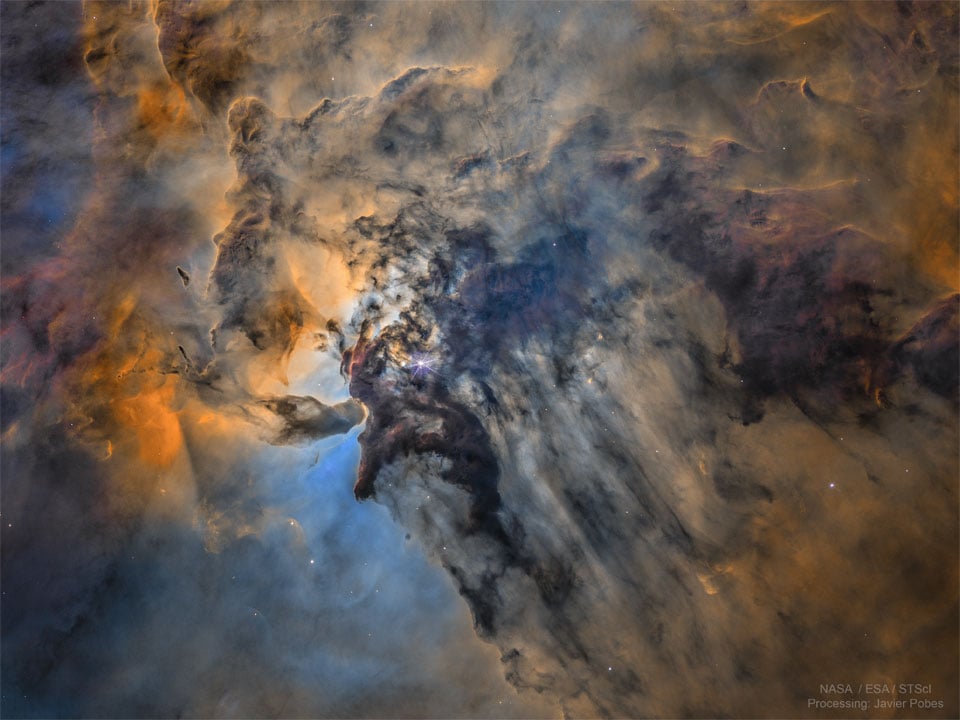this post was submitted on 10 Apr 2025
1239 points (99.6% liked)
[Dormant] moved to !space@mander.xyz
10420 readers
1 users here now
This community is dormant, please find us at !space@mander.xyz
You can find the original sidebar contents below:
Rules
- Be respectful and inclusive.
- No harassment, hate speech, or trolling.
- Engage in constructive discussions.
- Share relevant content.
- Follow guidelines and moderators' instructions.
- Use appropriate language and tone.
- Report violations.
- Foster a continuous learning environment.
Picture of the Day
 The Busy Center of the Lagoon Nebula
The Busy Center of the Lagoon Nebula
Related Communities
🔭 Science
- !astronomy@mander.xyz
- !curiosityrover@lemmy.world
- !earthscience@mander.xyz
- !esa@feddit.nl
- !nasa@lemmy.world
- !perseverancerover@lemmy.world
- !physics@mander.xyz
- !space@beehaw.org
- !space@lemmy.world
🚀 Engineering
🌌 Art and Photography
Other Cool Links
founded 2 years ago
MODERATORS
you are viewing a single comment's thread
view the rest of the comments
view the rest of the comments

Doesn't it also make the Cepheid noticeably swell (then deflate) in circumference? Or does it maintain the same basic size, and it's just storing magnetic bubbles of hot plasma like a halo, before bursting and releasing all that accumulated material?
To my understanding they do chance circumference. The opaque doubly ionized helium forms at high temperature, expands until temperature drops (change in circumference), drops to singly ionized after expansion, and gets doubly ionized again after contraction (another change in circumference). In Cepheids, it's uniform across the whole star.
Thus, your question makes me doubt my original speculation that it's helium changing ionization levels. The way some material "climbs up" into the arc in this video (from the right end, at one point of time) while other material "rains down" make a magnetic explanation (proposed by others here) seem more plausible.